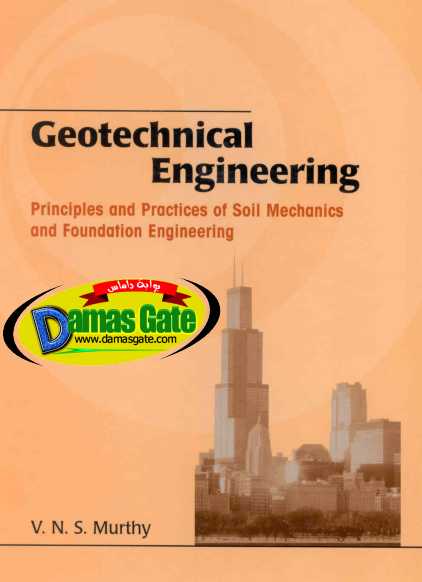Principles and Practices of Soil Mechanics and Foundation Engineering

PREFACE
This book has the following objectives:
1. To explain the fundamentals of the subject from theory to practice in a logical way
2. To be comprehensive and meet the requirements of undergraduate students
3. To serve as a foundation course for graduate students pursuing advanced knowledge in the
subject
There are 21 chapters in this book. The first chapter traces the historical background of the
subject and the second deals with the formation and mineralogical composition of soils. Chapter 3
covers the index properties and classification of soil. Chapters 4 and 5 explain soil permeability,
seepage, and the effect of water on stress conditions in soil. Stresses developed in soil due to
imposed surface loads, compressibility and consolidation characteristics, and shear strength
characteristics of soil are dealt with in Chapters 6,7, and 8 respectively. The first eight chapters
develop the necessary tools for computing compressibility and strength characteristics of soils.
Chapter 9 deals with methods for obtainig soil samples in the field for laboratory tests and for
determining soil parameters directly by use of field tests. Chapters 10 to 20 deal with stability
problems pertaining to earth embankments, retaining walls, and foundations. Chapter 21 explains
the various methods by which soil in situ can be improved. Many geotechnical engineers have not
appreciated the importance of this subject. No amount of sophistication in the development of
theories will help the designers if the soil parameters used in the theory are not properly evaluated
to simulate field conditions. Professors who teach this subject should stress this topic.
The chapters in this book are arranged in a logical way for the development of the subject
matter. There is a smooth transition from one chapter to the next and the continuity of the material
is maintained. Each chapter starts with an introduction to the subject matter, develops the theory,
and explains its application to practical problems. Sufficient examples are wor1:ed out to help
students understand the significance of the theories. Many homework problems are given at the
end of each chapter.
37MB
Download
*